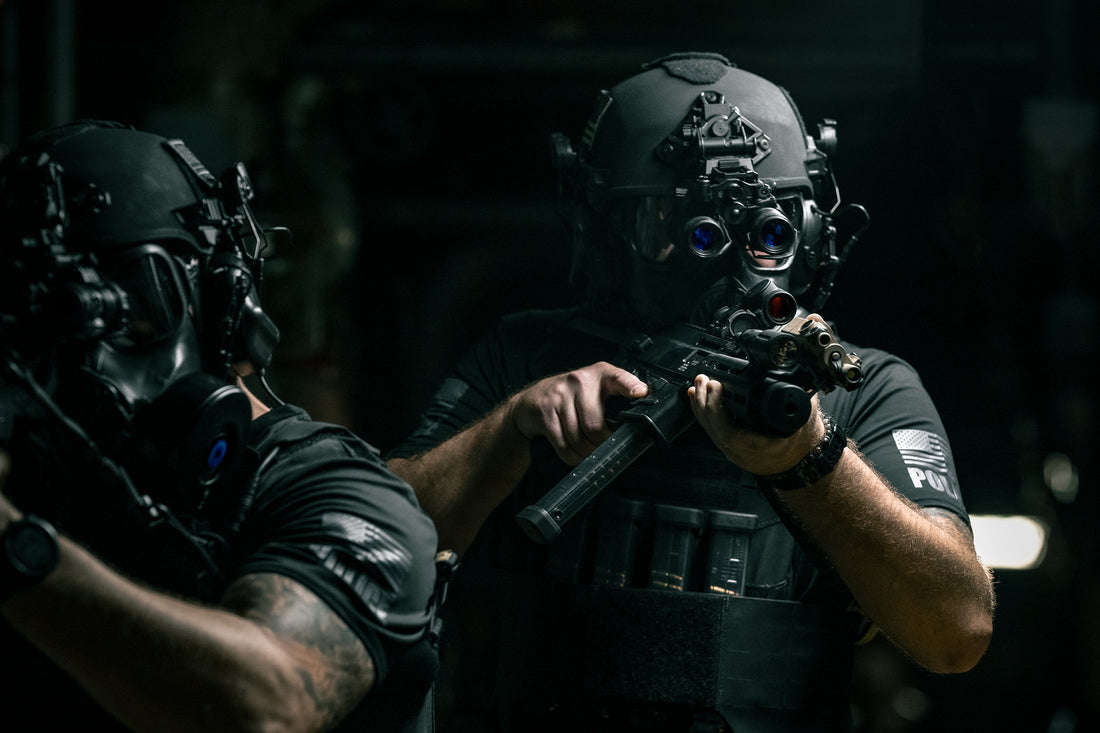Undercover law enforcement officers operate in unique and challenging environments where their safety and the success of their missions often depend on their ability to blend in while maintaining the means to protect themselves. Carrying a firearm as an undercover officer requires careful consideration of various aspects to ensure effectiveness, safety, and the successful completion of their duties. In this blog post, we will explore the key aspects and applications of carrying a firearm as undercover law enforcement.
1. Discreet Concealment:
One of the primary goals of undercover officers is to maintain a low profile and avoid detection. Carrying a firearm discreetly is crucial to maintain their cover and prevent potential threats from identifying them as law enforcement. The selection of a compact and easily concealable firearm, as well as appropriate clothing and carry methods, is essential to achieve discreet concealment.
2. Balancing Firepower and Subtlety:
Undercover officers must strike a delicate balance between firepower and subtlety. While having access to an effective firearm is crucial for self-defense and the successful execution of their duties, it's important to consider the potential escalation of force and the need to avoid drawing unnecessary attention. Opting for a compact and concealable firearm chambered in a suitable caliber allows officers to carry adequate firepower while minimizing the risk of exposing their true identity.
3. Specialized Training:
Carrying a firearm as an undercover officer requires specialized training beyond standard law enforcement training. Undercover officers must receive training in covert carry methods, quick and discreet deployment techniques, and situational awareness in undercover scenarios. This training ensures officers can effectively and safely utilize their firearms while maintaining their cover and the element of surprise when necessary.
4. Adapting to Dynamic Situations:
Undercover officers often find themselves in dynamic and unpredictable situations. They must be prepared to swiftly transition from undercover roles to law enforcement actions, including the use of firearms, when the safety of themselves or others is at risk. Adapting to rapidly changing scenarios and effectively utilizing their firearms while maintaining operational security is a crucial skill set for undercover officers.
5. Legal Considerations:
Undercover officers must be well-versed in the legal aspects of carrying firearms in their jurisdiction. Understanding the laws governing the use of force, self-defense, and the specific regulations applicable to undercover operations is vital. This knowledge ensures that officers can act within the boundaries of the law while effectively fulfilling their responsibilities.
6. Integrated Team Communication:
Carrying a firearm as an undercover officer requires close coordination and communication with the supporting law enforcement team. Effective communication ensures that officers can quickly receive backup, assistance, or instructions, as well as notify their team of any changes in their situation. It also helps mitigate the risks associated with carrying a firearm in covert operations and enhances officer safety.
Carrying a firearm as an undercover law enforcement officer presents unique challenges that require careful consideration and specialized training. Discreet concealment, the balance between firepower and subtlety, specialized training, adaptability, knowledge of legal considerations, and integrated team communication are all crucial aspects to be mindful of. By understanding and addressing these aspects, undercover officers can effectively carry firearms while maintaining their cover, ensuring their safety, and successfully executing their duties in challenging and high-stakes environments.

